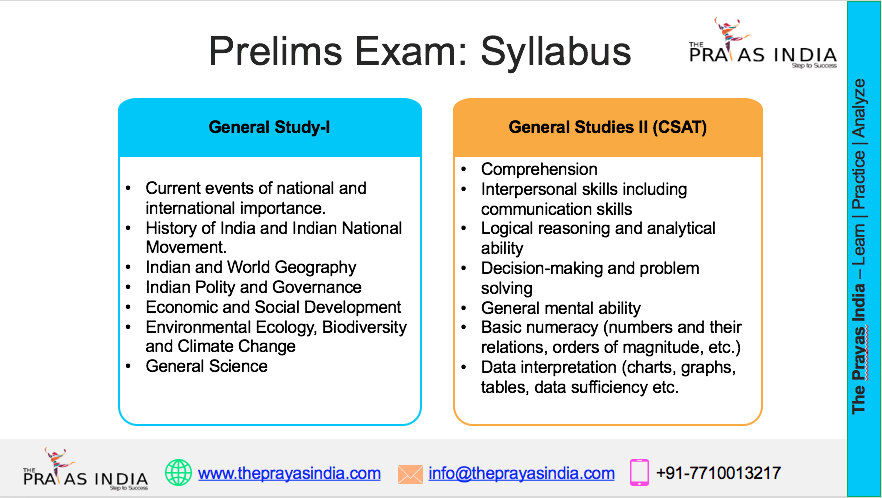56th GST Council Meeting: A Milestone in India’s Tax Reform Journey
The 56th meeting of the Goods and Services Tax (GST) Council convened in New Delhi in September 2025 marked a historic moment for India’s indirect tax system. Chaired by Union Finance Minister Nirmala Sitharaman, this highly anticipated session ushered in a new era of ‘GST 2.0’, introducing a wave of tax rationalization, simplified structures, and pro-business reforms.
Key Announcements at the 56th GST Council Meeting
1. Introduction of a Two-Slab GST Structure
A landmark decision was the replacement of the previous multi-slab GST rates (5%, 12%, 18%, and 28%) with just two core slabs:
- 5% Merit Rate: Reserved for essential goods and services, providing relief and affordability for common citizens.
- 18% Standard Rate: Applied to most goods and services for broader tax uniformity.
Additionally, a special 40% demerit rate now targets luxury and sin goods such as high-end vehicles, pan masala, gutkha, and aerated drinks.
2. Rationalization and Correction of GST Rates
The Council abolished the earlier 12% and 28% categories, simplifying compliance and correcting inverted duty structures—especially in sectors like textiles and fertilizers. This move is set to streamline the input tax credit process and reduce tax complexity for businesses.
3. Relief on Essential Items and Services
Significant GST reductions were announced on critical goods such as dairy products, toiletries, stationery, agricultural tools, and life-saving medicines. Key reforms include:
- Zero GST on life and health insurance policies.
- Educational materials (maps, notebooks, pencils, globes, etc.) made tax-free.
4. Higher Taxation on Sin and Luxury Goods
Luxury items and sin goods now attract a 40% GST plus cess. For the first time, value is calculated on the Retail Sale Price (RSP) rather than the transaction value, boosting tax revenues and ensuring a more transparent system.
Compliance & Process Improvements
Easy GST Registration:
Low-risk applicants and those with minimal input tax credit claims will benefit from automatic GST registration within three working days—boosting the ease of starting new businesses.
Faster Refunds:
A 90% provisional refund for zero-rated or inverted duty structure supplies is now possible, to be disbursed on a risk-based system. Exporters benefit from lifted refund thresholds, enhancing liquidity especially for MSMEs.
Support for E-commerce and Small Traders:
The Council has simplified interstate e-commerce registration norms, enabling more seamless participation by small sellers across India.
Broad Amendments:
-
Updated place-of-supply guidelines and valuation rules for intermediary services and lotteries.
-
Clearer post-sale discount treatments, allowing businesses to manage input tax credits far more efficiently.
Institutional Developments
GST Appellate Tribunal Operationalization:
GST Appellate Tribunal (GSTAT) will begin accepting appeals nationwide from September 30, with hearings expected by December. The Principal Bench in NCR will lead the appellate process, promising faster dispute resolution and reduced litigation.
Sectoral Impact & Economic Implications
- Standardization: The two-slab system is expected to enhance transparency and reduce compliance burdens for businesses.
- Consumer Relief: Major rate cuts on essentials and key services will directly benefit the public, controlling inflation and promoting consumption.
- Government Revenue: Streamlined taxation and widened demerit categories may improve revenue realization.
- Ease of Doing Business: Enhanced registration and refund processes support entrepreneurship and MSMEs.
Effective Dates & Implementation
- Most of the new rates and processes come into effect from September 22, 2025.
- Enhanced cess collections on compensated goods will remain until liabilities are cleared.
Conclusion
The 56th GST Council Meeting signals a strong move toward a simpler, fairer, and future-ready taxation system in India. Whether you are a business, a tax consultant, a policymaker, or an exam aspirant, these reforms represent a pivotal shift toward business-friendly governance and consumer benefit. Staying updated and compliant with these new provisions is key to leveraging the opportunities under GST 2.0.




![Prayas-तेजस [UPSC CSE Sociology Optional] – Online & Offline](https://theprayasindia.com/wp-content/uploads/2025/09/Prayas-तेजस-UPSC-CSE-Optional-Subject-The-Prayas-India-300x300.png)
![Prayas-सूत्र [UPSC CSE Materials (Hardcopy)]](https://theprayasindia.com/wp-content/uploads/2025/09/Prayas-सूत्र-UPSC-CSE-Study-Materials-Hardcopy-The-Prayas-India-300x300.png)
![Prayas-मंत्रा [UPSC CSE CSAT]](https://theprayasindia.com/wp-content/uploads/2025/09/Prayas-मंत्रा-UPSC-CSE-CSAT-The-Prayas-India-300x300.png)
![Prayas सारथी [UPSC CSE One on One Mentorship]](https://theprayasindia.com/wp-content/uploads/2025/09/Prayas-सारथी-UPSC-CSE-One-on-One-Mentorship-The-Prayas-India-300x300.png)










